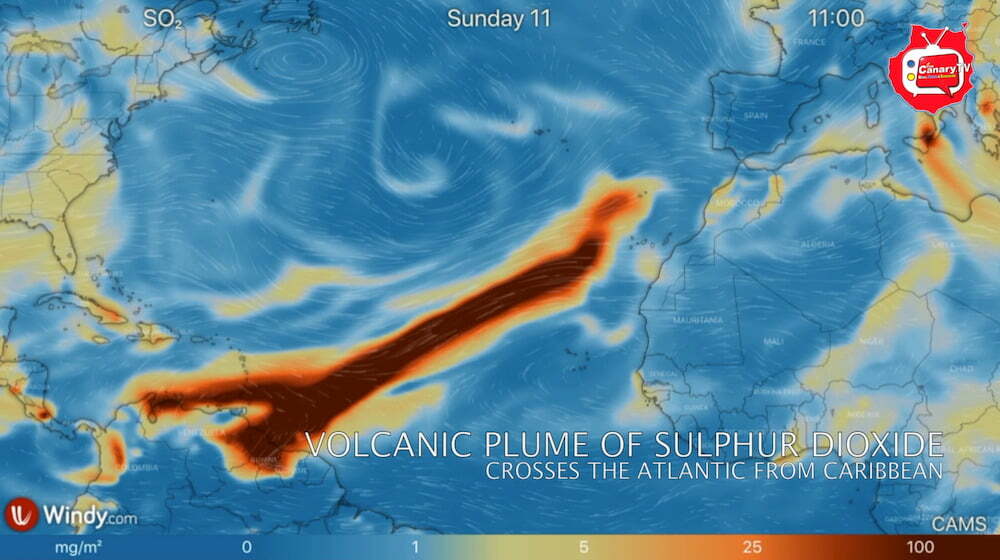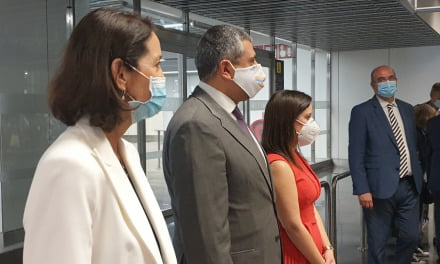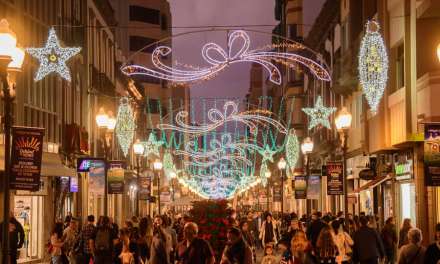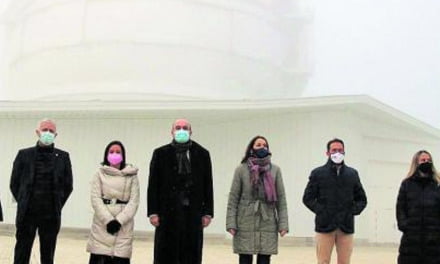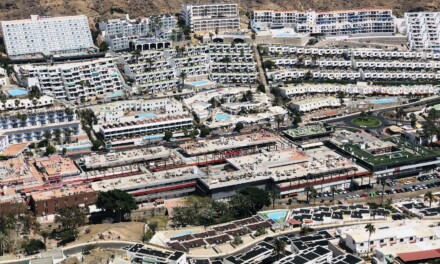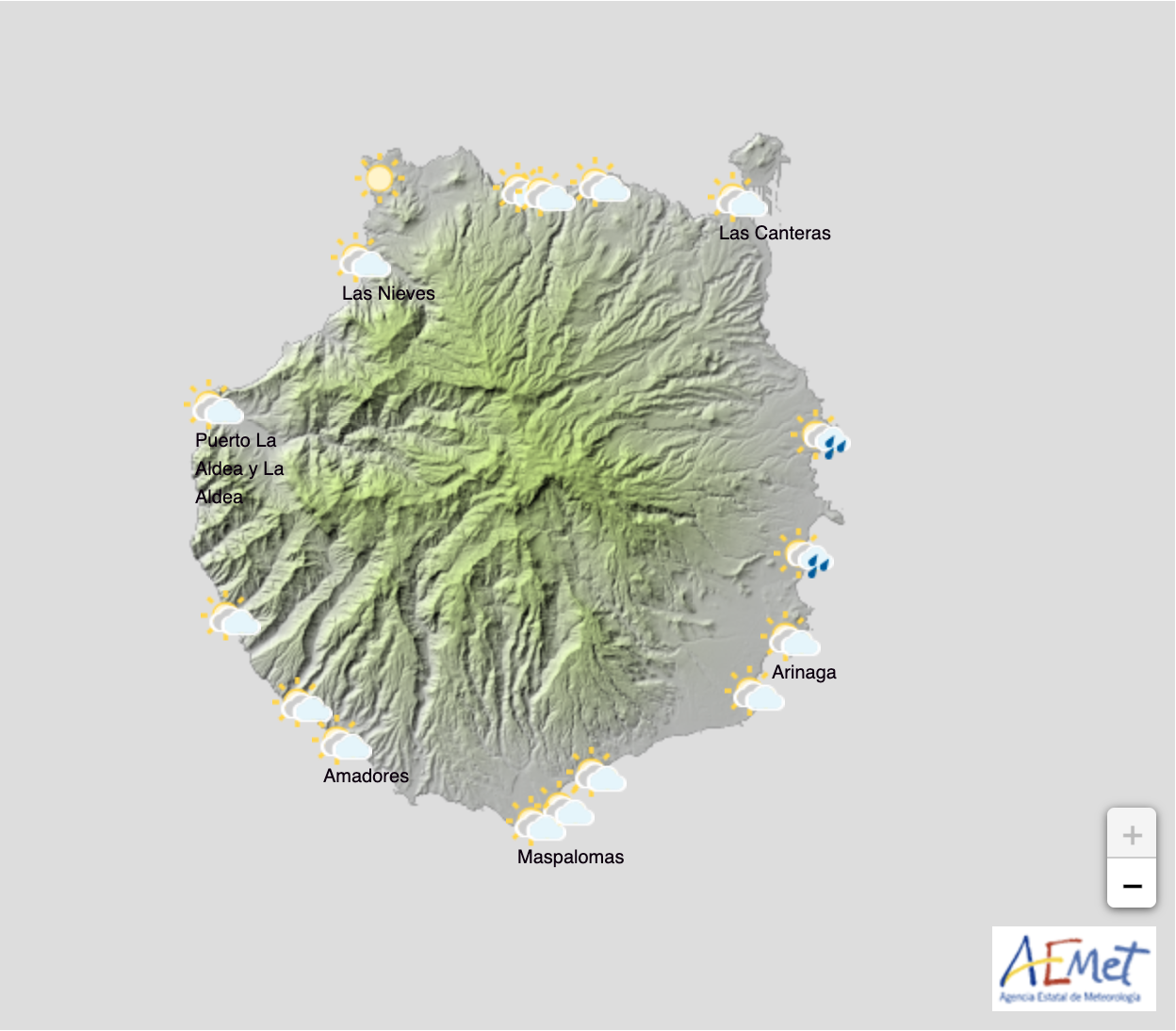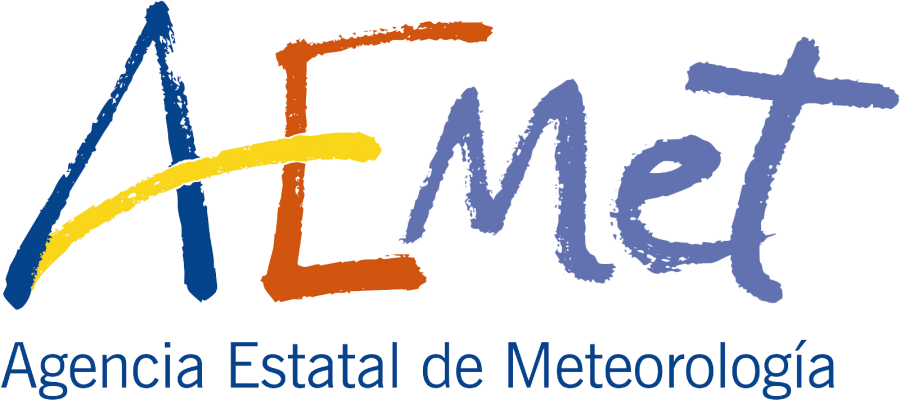On 8 April, 2021, after months of build up, and following a sustained increase in volcanic and seismic activity over preceding days, a “red alert” was declared on the Caribbean island of St Vincent in the Lesser Antilles, and an evacuation order issued as an explosive phase in the eruption of La Soufrière volcano was deemed imminent, the resulting activity has produced a cloud of Sulphur Dioxide stretching all the way to The Canary Islands.
 Concerns have been expressed about the large plume, which towered between 10km to 16km into the air, over the island as the volcano erupted. The immediate area has been covered in a thick white blanket of ash. Local observers on the ground have been preparing for the possibility of an eruption since at least December, and so consequently there is good and accurate information already coming from the area affected. La Soufrière has also produced a vast cloud of sulphur dioxide, which currently stretches across the Atlantic ocean to reach the Canary Islands and beyond over the next few hours and days.
Concerns have been expressed about the large plume, which towered between 10km to 16km into the air, over the island as the volcano erupted. The immediate area has been covered in a thick white blanket of ash. Local observers on the ground have been preparing for the possibility of an eruption since at least December, and so consequently there is good and accurate information already coming from the area affected. La Soufrière has also produced a vast cloud of sulphur dioxide, which currently stretches across the Atlantic ocean to reach the Canary Islands and beyond over the next few hours and days.
Experts say there should be nothing to be concerned about, as the high concentrations of SO2 will not likely affect people or wildlife, since the particles travel at high altitude. SO2 normally travels at between 3,000 and 5,000 meters above sea level.
 The sulphur dioxide cloud sent into the air is able to travel many thousands of kilometres, thanks, in large part, to atmospheric circulation. Forecasts suggest that the tongue of the SO2 cloud will reach the archipelago tonight. Models indicate the intensity of plume, travelling from the southwest, could be as high as 320 ug/m3.
The sulphur dioxide cloud sent into the air is able to travel many thousands of kilometres, thanks, in large part, to atmospheric circulation. Forecasts suggest that the tongue of the SO2 cloud will reach the archipelago tonight. Models indicate the intensity of plume, travelling from the southwest, could be as high as 320 ug/m3.
To avoid harm, guidelines say that the average concentrations of sulphur dioxide should not exceed 350 µg/m3 standard more than nine times in a year, according to experts, and should never exceed 570 µg/m3. Ambient air quality guidelines for sulphur dioxide in general is around 120 µg/m3 as a 24-hour average.
This mass of Sulphur dioxide is expected to pass straight over The Canary Islands, however, is highly unlikely to ever reach the population or affect ambient concentrations. Though there is a little rain forecast, for the western islands and the south of Gran Canaria by midweek, there has been no suggestion yet that this will pose any direct risk to people on the ground.
La Soufrière eruption on the Caribbean island of St Vincent sends SO2 across the Atlantic to The Canary IslandsA large plume of sulphur dioxide stretches from the La Soufrière eruption on the Caribbean island of St Vincent, in the Lesser Antilles, across the Atlantic to The Canary Islands
Read More: https://thecanarynews.com/2021/04/volcanic-plume-sulphur-dioxide-stretches-across-the-atlantic-from-the-caribbean-to-the-canary-islands/
Posted by TheCanary.TV on Sunday, April 11, 2021
SO2 is an invisible gas that can affect risk groups, particularly those suffering respiratory problems and asthma sufferers so covid patients are also in that risk group, although the gas itself generally does not reach the surface, precautions may need be taken. 99 percent of all the sulphur dioxide we experience on the planet is produced by human activity. SO2 is, for example, responsible for acid rain, so meteorologists will be monitoring the situation closely to offer the best advice, should it be required.

